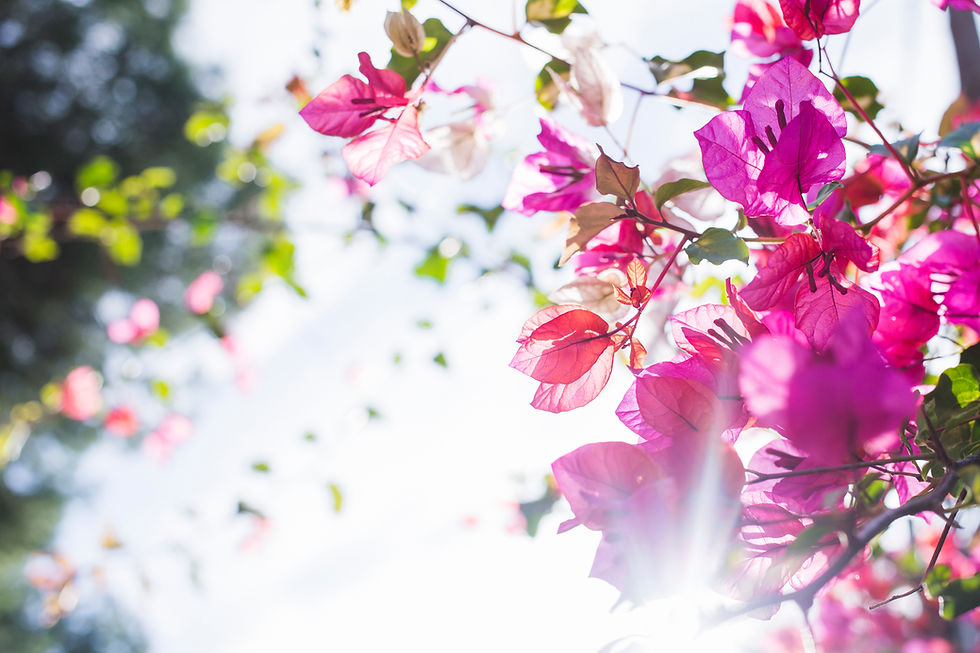GREATER MOOKETSI NATURE RESERVE
- Jun 16, 2022
- 2 min read
Updated: Mar 3, 2023
Long fingers of light caress the mountainside as the setting sun turns the valley to gold. The panoramic views down the Kudu’s River Valley stretch out into the distance. As the horizon is tumbled and turned with clouds of the deepest blue, the last golden rays of the day catch the frothy edges and create sheer magic. This soulful place feels hidden away from the world.
The Kudu’s River Valley is an area of uniquely diverse fauna and flora with spectacular views from the rugged mountains down into the valley that make it a soulful space for nature lovers. This pristine wilderness space inspires connection to nature as well as an opportunity for ecotourism activities to develop in the near future like hiking, birding, horse riding, mountain biking and abseiling. The diverse habitats within this valley and the key ecological process they underpin, were the spark behind the proclamation process of the proposed Greater Mooketsi Nature Reserve. The first steps were taken in 2016, with a major milestone, the ‘Intention to Declare’ notice, published in January 2022.
The recent steps towards the declaration of two new Nature Reserves in the Western Soutpansberg and the Kudu’s River Valley represent good news for Limpopo. Initiatives like these are expanding the conservation footprint of the region by aligning with the vision and resources of existing conservation entities like the UNESCO-declared Kruger2Canyons Biosphere Region and the Vhembe Biosphere Reserve. Endangered fauna and flora are now being protected on eco-focused private properties and on parcels of land grouped together as conservancies. These reserves can create pockets where scientific research can take place alongside eco-adventure activities and programmes focussed on innovative ways of protecting endangered species through conservation initiatives.
Human custodianship of these biodiverse nature spaces can only be developed from a place of deep connection. Regenerative Tourism and immersive experiences can also play a part here when the new T&Cs of Travel are not only focused on conservation but also connection, collaboration, community, consciousness and co-creation. These reserves can create pockets where scientific research can take place alongside eco-adventure activities and programmes focussed on innovative ways of protecting endangered species through conservation initiatives.
‘The proposed Greater Mooketsi Nature Reserve spans about 13,000 hectares in the Kudu’s River Valley, providing a critical connection to surrounding natural habitat and other protected areas nearby - the Tzaneen Sour Bushveld, Woodbush Granite Grassland, Mamabolo Mountain Bushveld and Northern Mistbelt Forest. The beauty, views and vistas of the area and contrasting habitats make an important contribution to the sense of place of the region and the reserve supports and protects a variety of threatened and endemic fauna and flora, including Aloe lettyae, Afroaster nubimontis, Black-fronted Bushshrike and Cape Parrots. The ecosystem services provided by such a large area of near pristine habitat is of immeasurable value to adjacent and down-stream communities’ livelihoods and food security. This initiative is a model of sustainable land management that integrates agriculture and the conservation of natural landscapes, providing an ecological and economic legacy for future generations.’






Comments